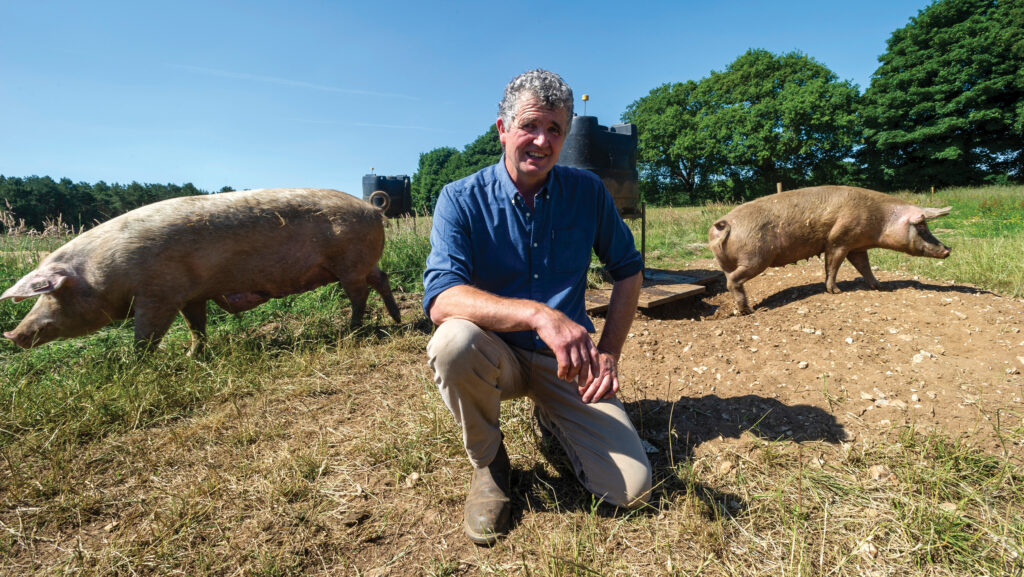Farmer Focus: Four months in, still the pig farm’s new boy
 Rob McGregor © Jason Bye
Rob McGregor © Jason Bye With a son working in the film industry, I’m often reminded that there are three recurring narratives in storytelling.
One of these is “new man comes to town” – and that’s the role I’ve found myself in for my first four months at NFL.
I was obviously aware when I joined NFL that it is a sizeable operation, but to date I think I still haven’t met half of the 90-plus staff.
See also: Single-parity move lifts pig herd performance
It’s not that I haven’t been making the effort to acquaint myself, far from it in fact.
Within the breeding department, I have now spent time on five units, including the gilt mating unit, which supplies in-pig replacement gilts to all our main commercial units.
I’ve also experienced the stud farm where we have a very small herd of Gloucester Old Spot (GOS) breeding sows.
They are really characterful animals, fun to be around, and quite different to most modern breeds – in a good way, mostly.
They appear to like keeping the stockmen in place and nothing happens in a hurry.
From their purebred GOS litters, we select the best boars in the hope that they will enter our artificial insemination (AI) stud on maturity.
The semen collected is used for AI on a select number of sows at one of our main farms.
The piglets produced are 50% GOS and these are free-range reared for a crossbreed Gloucester product.
For the much greater part, we are using Hampshire boar genetics on our commercial white sows, mostly via AI, but also natural serving to help with conception rates and sow retention.
Retaining sows is especially important because no replacements are brought onto the farm, to replace any culled sows, during the six-litter lifespan of the herd.
This system is often referred to as a single parity herd.
The reason for doing this is predominantly to protect herd health from diseases being brought in via replacement stock, but also to reduce the destabilisation of health within the herd that occurs when animals of mixed ages with differing levels of immunity live side by side.
These health benefits carry on with the weaned piglets, greatly reducing the need for antibiotics when they move on to the free-range finishing units. I’m looking forward to taking a look.

